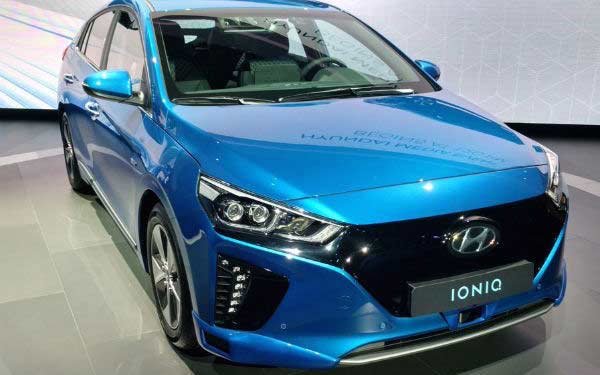Hyundai reveals a fourth, autonomous flavor of Ioniq

It's an autonomous concept that Hyundai is using to develop affordable, integrated hardware and software. Integrating all the hardware is something Hyundai is quite proud of, particularly the positioning of the lidar system in the front bumper. Hyundai says moving the lidar gear to the bumper allows the Ioniq "to look like any other car on the road and not a high school science project." We wonder if that statement was directed to Ford and its autonomous Fusion prototypes.
The three lidar sensors are combined with a variety of other systems aboard the autonomous Ioniq. A number of the sensors are already going to be installed on production Ioniqs, including the radar for the car's Smart Cruise Control and the lane-keep assist cameras. The car's blind-spot radar will also be used for lane changes. Hyundai says by using these existing parts, implementing autonomous technology should be simpler and cheaper. These standard Ioniq sensors are all supplemented with a GPS antenna, high-definition mapping data, and a three-camera system installed just behind the windshield for detecting pedestrians, lane markings, and traffic signals.
The car isn't just for show either. Hyundai has three of the autonomous Ioniqs testing in South Korea, alongside a pair of autonomous hydrogen fuel cell Tucsons. The company will also bring two autonomous Ioniqs to the 2017 Consumer Electronic Show. The cars will be there to give rides to the media.
Related News


